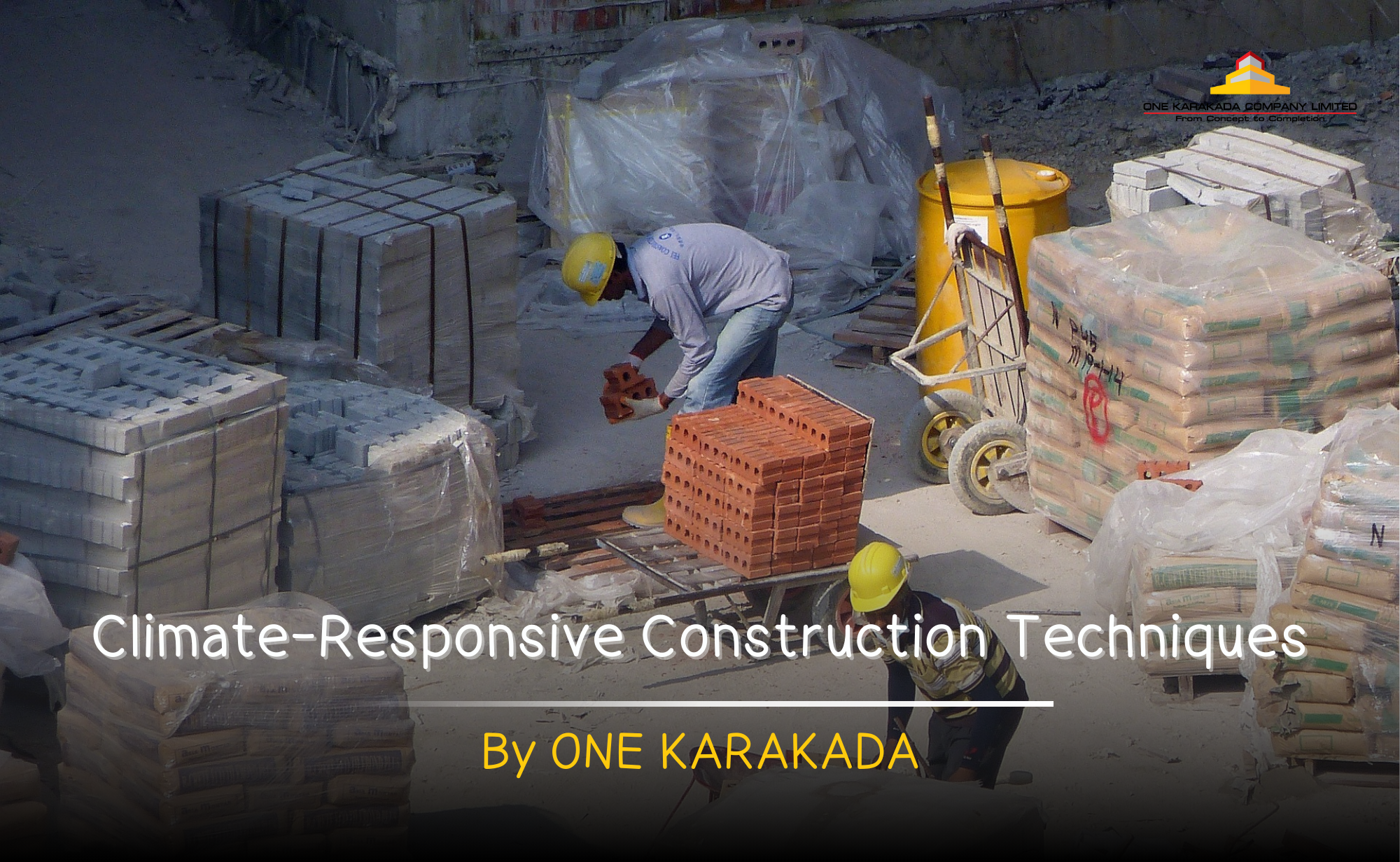Climate-conscious construction is essential for building durable and energy-efficient structures, especially in today’s rapidly changing climate. Designing and constructing buildings that align with local geographical and climatic conditions can significantly reduce negative environmental impacts and improve energy efficiency.
Key Climatic Factors to Consider
- Temperature: Extreme high or low temperatures influence material selection, heating and cooling systems, and building design for indoor temperature control.
- Rainfall: High or low rainfall affects drainage system design, moisture-resistant material selection, and waterproofing measures.
- Humidity: High humidity can lead to mold and corrosion. Proper material selection and ventilation are crucial for mitigation.
- Sunlight: Intense sunlight requires heat-resistant materials and building designs with natural shading.
- Wind: Strong winds necessitate structurally sound buildings to ensure stability.
Climate-Responsive Construction Techniques
- Material Selection: Choose materials suitable for the local climate, such as those resistant to heat, humidity, and corrosion.
- Building Design: Design buildings with good ventilation, natural light utilization, and heat protection.
- Drainage Systems: Implement efficient drainage systems to prevent flooding and moisture-related issues.
- Landscaping: Plant vegetation around buildings for natural shading and temperature reduction.
- Renewable Energy: Utilize renewable energy sources, such as solar power, to reduce fossil fuel dependence.
Examples of Climate-Responsive Construction
- Earth Houses: Ideal for hot, arid regions due to their ability to retain cool temperatures and maintain consistent indoor climates.
- Wooden Houses: Suitable for colder climates as wood provides natural warmth.
- Modern-Style Houses: Often use glass and steel, which work well in cooler climates, but require effective insulation and cooling systems.
Benefits of Climate-Responsive Construction
- Environmental Impact Reduction: Lower energy consumption, reduced greenhouse gas emissions, and minimized construction waste.
- Cost Savings: Reduced maintenance and energy costs.
- Increased Comfort: Buildings offer more comfortable living environments suited to the local climate.
- Added Property Value: Climate-responsive buildings have increased market value due to their sustainable and energy-efficient designs.
Climate-responsive construction is a crucial approach to creating sustainable and efficient buildings. Considering climatic factors in the design and construction process helps create structures that are not only aesthetically pleasing and durable but also environmentally friendly and user-centered.
…
ONE KARAKADA Co., Ltd. stands out as a premier design and build construction company in Thailand, with a specialized focus on developing GMP-standard factories. Their expertise is not limited to this niche, as they also excel in constructing general factories and warehouses.
The company’s commitment to international quality standards is evident in their use of prefabricated structures that promise durability and efficiency. With a dedicated team of engineering and architectural experts, ONE KARAKADA Co., Ltd. ensures meticulous oversight of every construction phase, guaranteeing that each project not only meets but exceeds the highest industry standards. This approach has cemented their reputation as a leader in the Thai construction sector, delivering projects that are both innovative and reliable.

